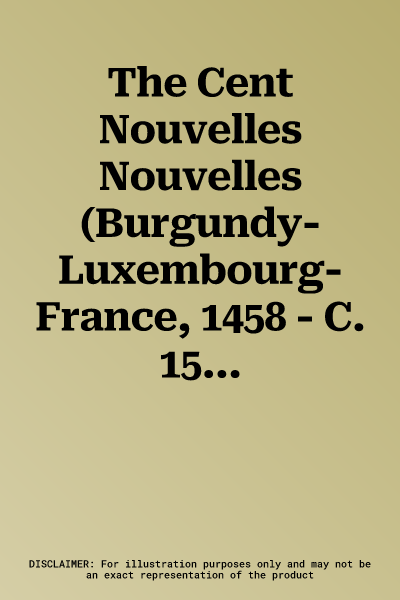The Cent Nouvelles Nouvelles (Burgundy-Luxembourg-France, 1458 - C. 1550): Text and Paratext, Codex and ContextHardcover, 13 February 2023

Qty
1
Turbo
Ships in 2 - 3 days
In Stock
Free Delivery
Cash on Delivery
15 Days
Free Returns
Secure Checkout

Print Length
309 pages
Language
English
Publisher
Brepols Publishers
Date Published
13 Feb 2023
ISBN-10
250358599X
ISBN-13
9782503585994
Description
Product Details
Book Format:
Hardcover
Country of Origin:
US
Date Published:
13 February 2023
ISBN-10:
250358599X
ISBN-13:
9782503585994
Language:
English
Location:
Turnhout
Pages:
309
Publisher:
Weight:
784.71 gm